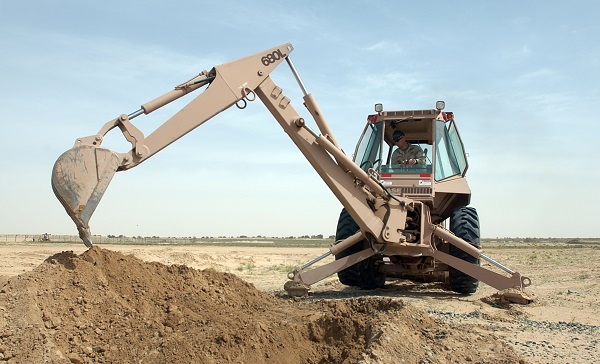MUMBAI – Automotive engine oils and their changing performance demands receive more attention than other types of lubricants, and there is good reason for that since they are by far the largest product category. The industrial segment is much more fragmented, but several of its product categories are also undergoing significant change.
The reasons and formulary solutions vary from category to category, an Indian Oil Corp. Ltd. official told the ICIS Indian Base Oils & Lubricants Conference here earlier this month, but products such as turbine oils, hydraulic fluids and gear oils are all facing rising performance demands.

Photo: JOC Kevin Elliott
Smaller dimensions for hydraulic pumps and motors, combined with higher operating speeds and pressures, translate into greater demands on hydraulic fluids.
Turbine oils lubricate and cool the steam turbines that are such a key part of Indias growing power infrastructure, and they are facing greater demands because of changes in turbine design, IOCL Senior Manager Nitish Mittal said.
Five years ago, most of the steam turbines in India had capacity to generate 100 to 200 megawatts. Now the typical size of new units ranges from 600 to 800 MW, and they operate at higher temperatures (both steam and oil sump) and higher pressures, meaning the oils are subject to more thermal stress. In addition, customers are pushing for longer service intervals – 10 to 20 years – better protection from rust and corrosion, adequate separation of air and water from the oil and more protection from wear.
To meet these demands, formulators have shifted from API Group I base stocks to Group II and III, which have more oxidation and thermal stability.
The turbine oil market has also become more fragmented, Mittal said, noting that MHI now has four oil specifications based on operating temperature and the level of extreme pressure protection that the lubricant needs.
Performance demands on hydraulic fluids have risen because of several trends in hydraulic equipment: a 15 percent increase in operating speeds of hydraulic pumps and motors; a 20 percent decrease in dimensions of pumps, motors and valves; a 20 percent to 30 percent increase in operating pressures for some machines; and increasing speed in the circulation of the fluids.
Hydraulic equipment is working harder than ever, Mittal said.
As a result, hydraulic fluids are expected to provide better wear protection, oxidation and thermal stability, and demulsibility along with extended rust protection and more optimized friction control. For these lubricants there has been less of a shift in base stocks because the advantages of Group II, III and IV stocks is less clear cut. They do provide greater oxidative and thermal stability, but they also cost more than Group I oils and provide less solvency.
As a result, Mittal said, formulary solutions have focused more on chemical additives. In addition, original equipment manufacturers and end users have made greater use of filtration systems to keep fluid fresh.
Gear oils are also facing challenges because of trends in the equipment that uses them. From 1954 to 2004, Mittal noted, the size of a typical gearbox shrank from 5.6 square meters to 2 square meters, while the mass decreased from 2,300 kilograms to 700 kg, leading to unavoidable decreases in oil volume. At the same time, power output increased, pushing up operating temperatures and causing increased stress on components and oil.
Designers introduced new surface finishing methods to make gears more resistant to wear, but higher loads made gear teeth and bearings more at risk for fatigue and micropitting. End users have also pushed for longer drain intervals.
All of these trends have created needs for gear oils with increased oxidative and thermal stability, increased resistance to micropitting and metal fatigue, greater elastomer compatibility and increased demulsibility. Mittal said IOCL has addressed some of these demands through a combinaton of lower viscosity base stocks, choice of extreme pressure additives and new friction modifiers.